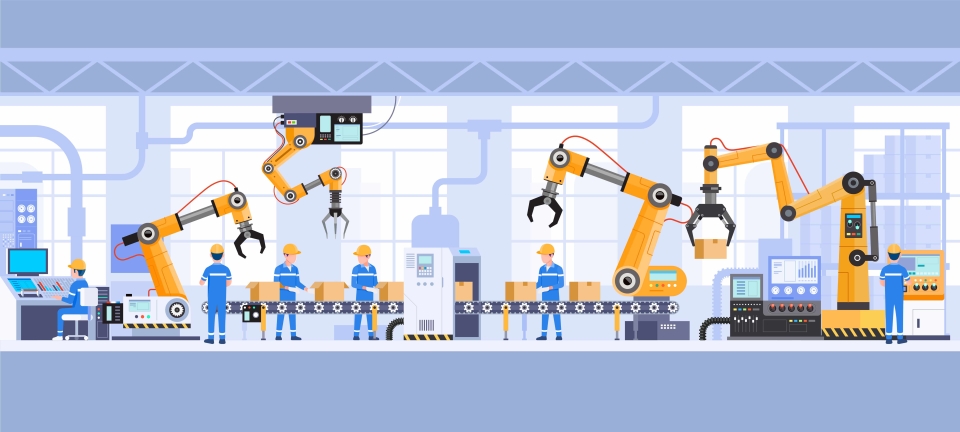How can suppliers bolster resilience against future technology advancements?
2022/08/02 | By CENS⬛ Chao Ting-yu
The roles automation and AI play for traditional sectors can alleviate the pressure of hiring and talent retention. In the future, companies will have more difficulties hiring production line operators, maintaining operation quality, and limiting their operational capacity, as the workforce retires, and younger talents are less likely to work in these sectors due to poor working conditions.
AI can automate the process to lessen the impacts caused by worker shortages from low-birth rates. For instance, normally, most companies would still be using handwritten orders, but in a smart factory, the process would be replaced by robotic process automation (RPA) with an identification system and using AI to create a master production schedule (MPS). The AOI process will follow this up to inspect products for quality control, followed by AGVs transporting the product for storage.
As for the aging population, automation can resolve worker shortages and use AI to "learn" the process and technique from skilled, older, retiring workers. In Taiwan, there are automated solutions for operations such as plumbing/hardware cutting, metal heat treatment, and die development, to name a few. Other technologies like human-robot collaboration and exoskeletons are still in development but are highly regarded by the industry to resolve worker shortage issues in the traditional sector.





